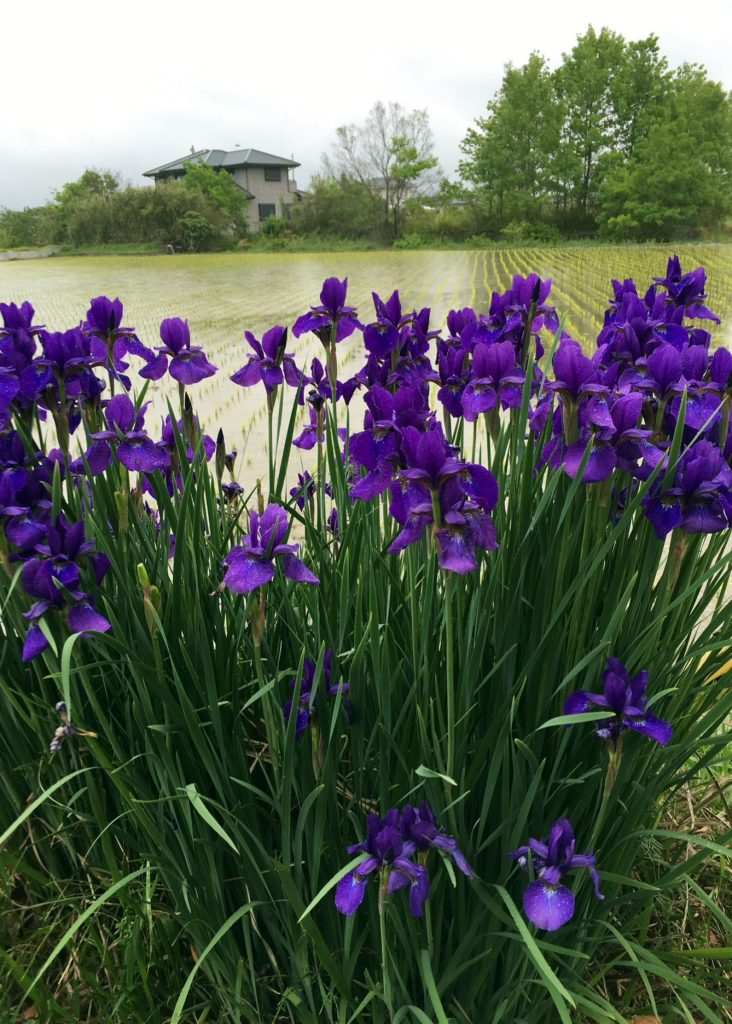
This is a haiku full of seasonal words. When there are two or more seasonal words in one haiku, it is called “ki kasanari (seasonal words overlap)”, and it is said that “ki kasanari” should be avoided in principle. However, some famous haikus do have “ki kasanari”, and it is not necessarily a bad thing. There are even haikus where the seasonal words complement each other beautifully. A well-known haiku is “In my eyes, fresh green leaves, the mountain cuckoo, and the first bonito of the season,” by Sodo Yamaguchi, an early Edo period poet. Sodo was a close friend of Matsuo Basho, and they interacted closely not as master and disciple but as friends. This haiku uses three seasonal words: fresh green leaves, mountain cuckoo, and first bonito of the season. All of these are spring seasonal words, making it a famous haiku that evokes spring. Many of Basho’s and other famous haiku poets’ works also contain “ki kasanari”, making the rule of avoiding seasonal overlap seem unnatural. However, since haiku are short poems expressed in just 17 syllables in the 5-7-5 pattern, it is certain that using just one seasonal word can more richly express poetic sentiment.
季語てんこ盛りの俳句です。一つの俳句の中に2つ以上の季語があることを季重なりと言って、季重なりは原則避けるべきことと言われています。ただし、名句とされるものの中には、季重なりのものもあり、必ずしも季重なりが悪いという訳ではありません。中には季語がお互いを活かし合うような絶妙な取り合わせの俳句もあります。よく知られている俳句に、「目には青葉山ほととぎす初がつを」言うのがあります。江戸時代初期の俳人である山口素堂の句です。素堂は松尾芭蕉とも親しく、芭蕉の門弟ではなく友人として互いに親しく交流しました。この俳句には、青葉、山ほととぎす、初がつをと3つの季語が使われています。どれも春を表す季語で、春を彷彿とさせる名句です。芭蕉やその他の有名な俳人の句にも季重なりの句は多く、季重なりは避けるべきだと言う原則の方が不自然だと思います。しかし、俳句は五七五のたった17音で表す短詩ですから、季語を一つにした方がより豊かに詩情を表せることは確かです。
